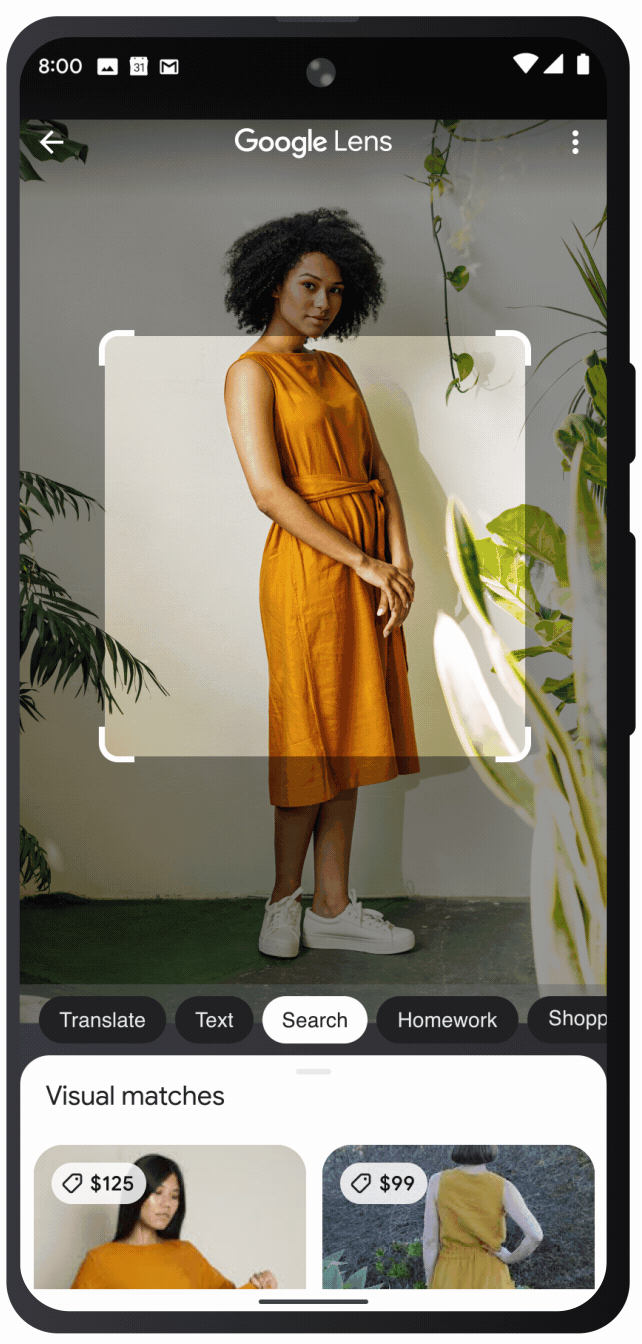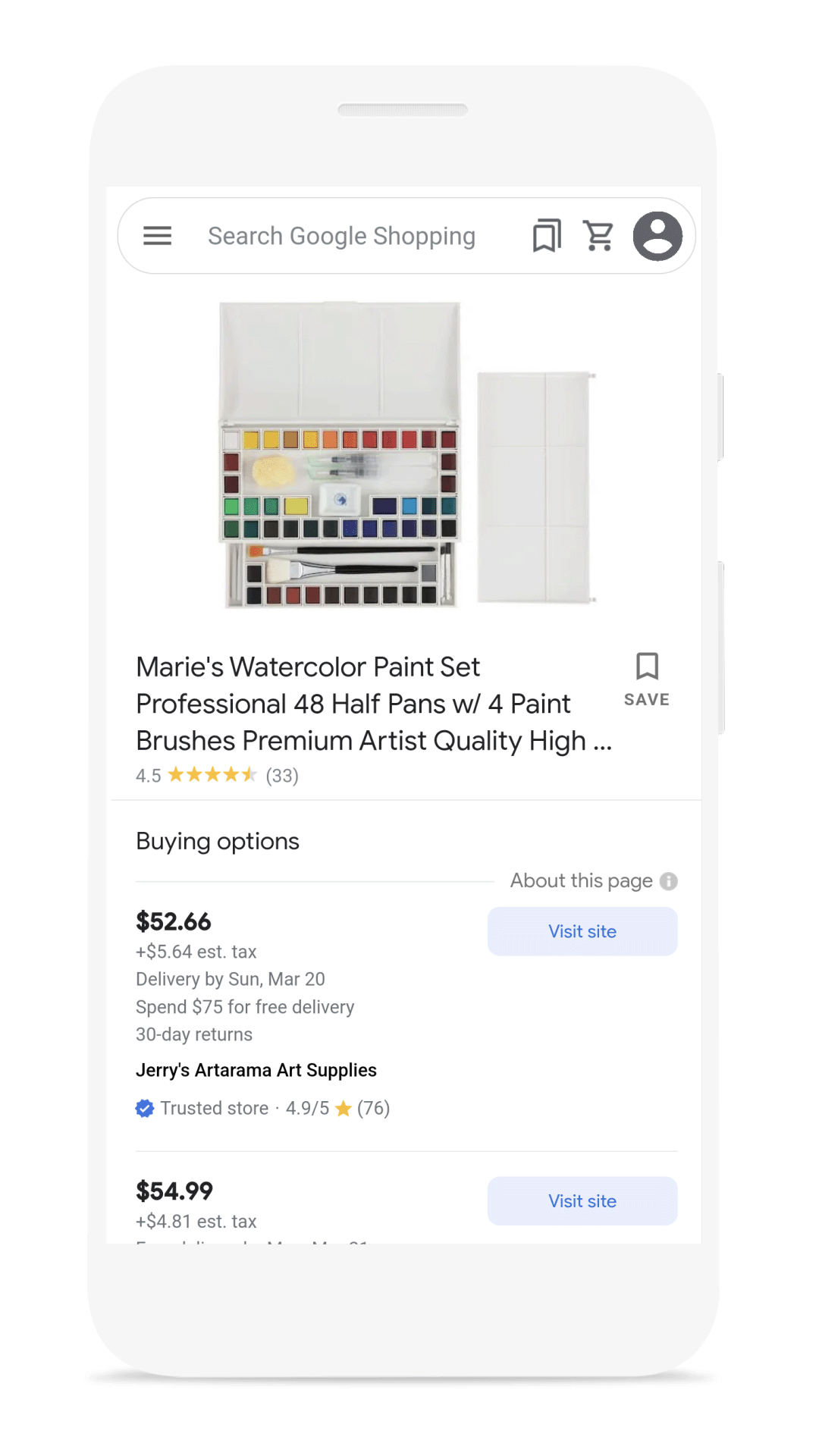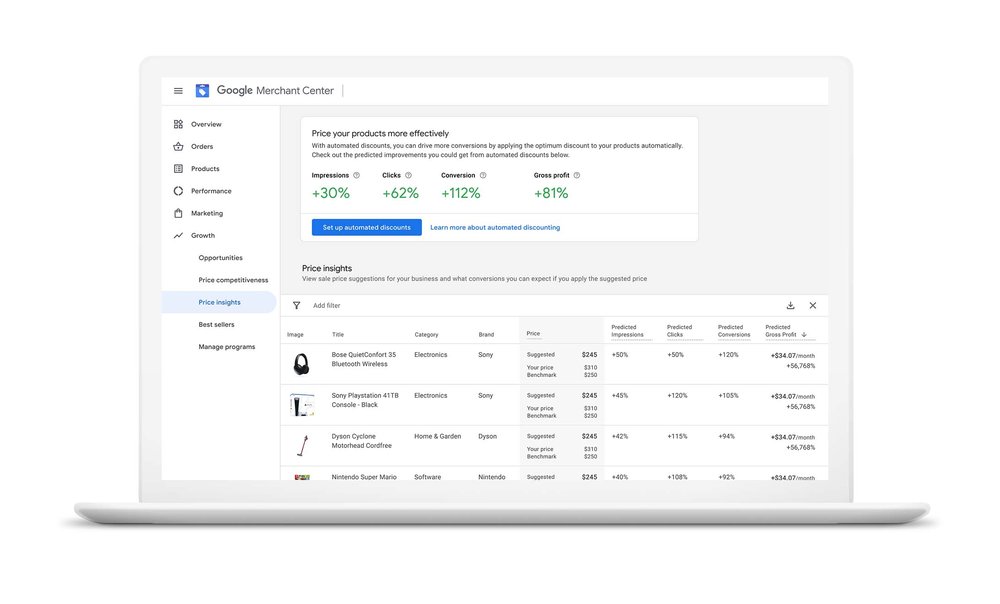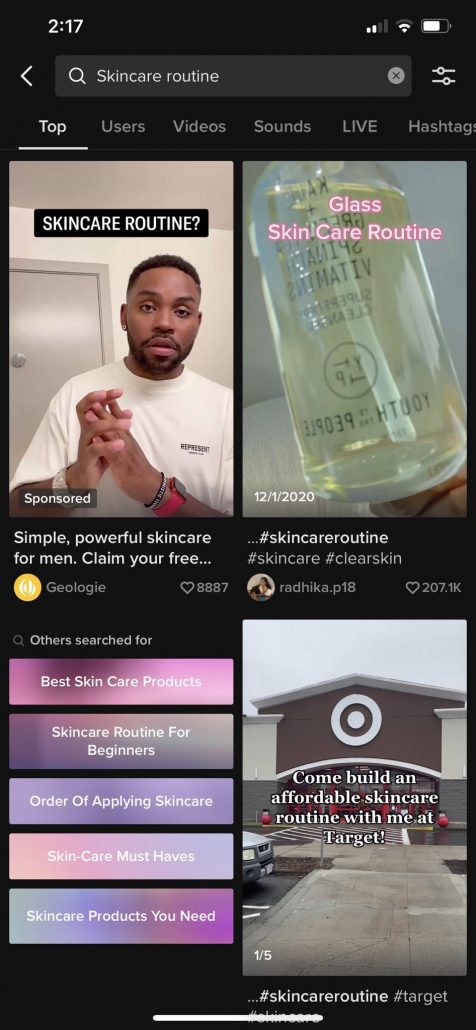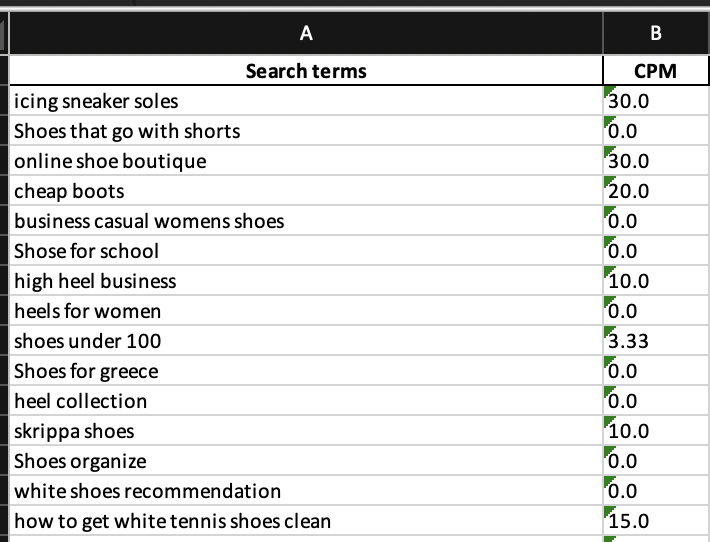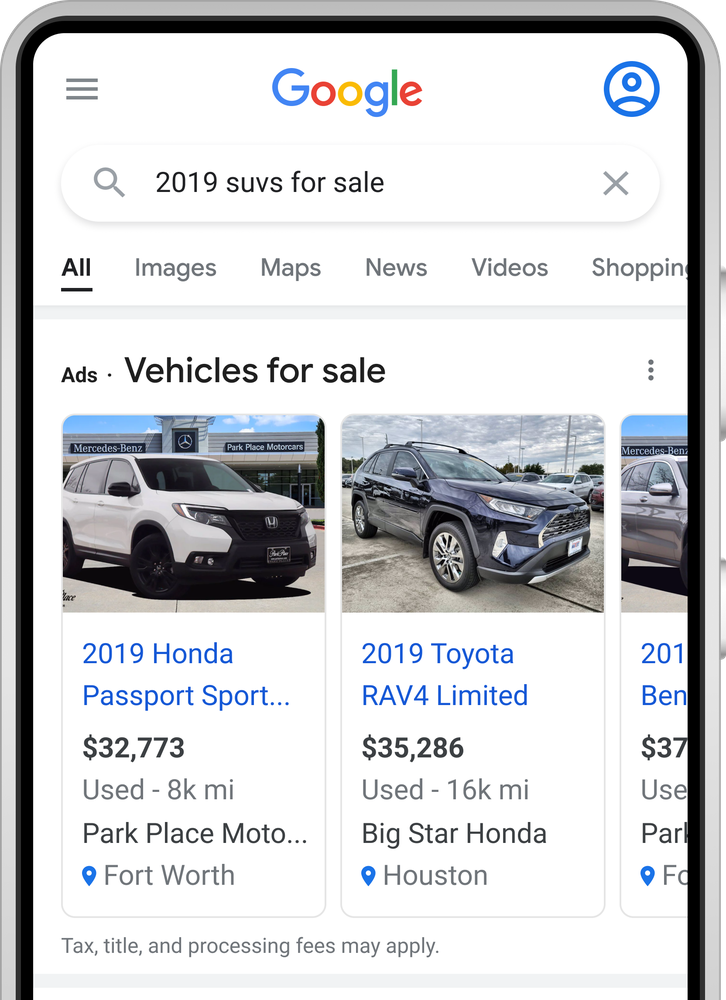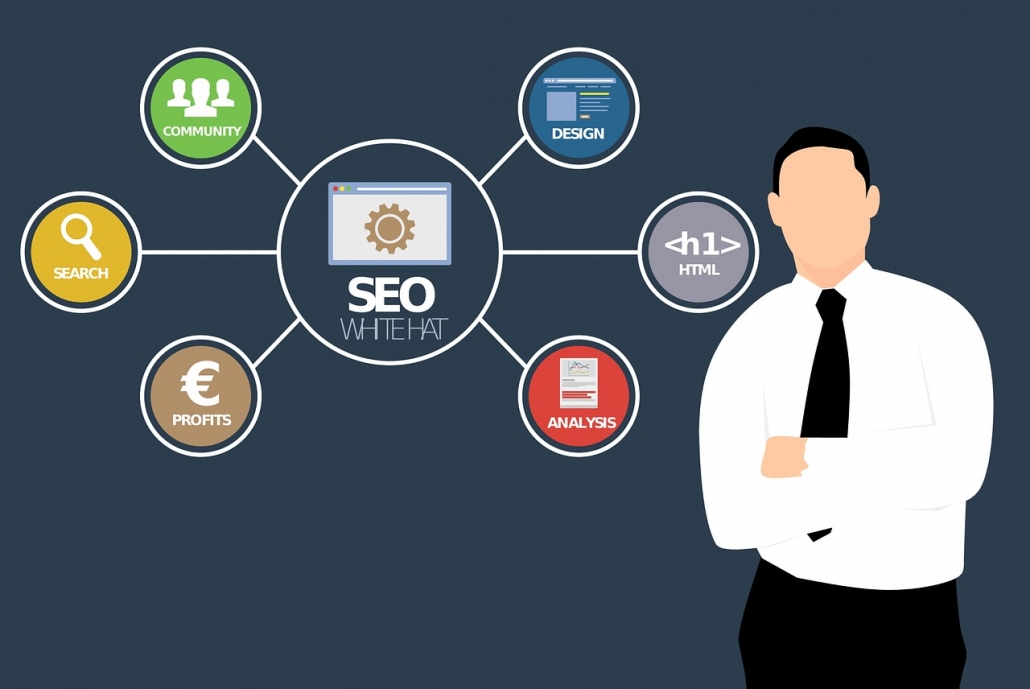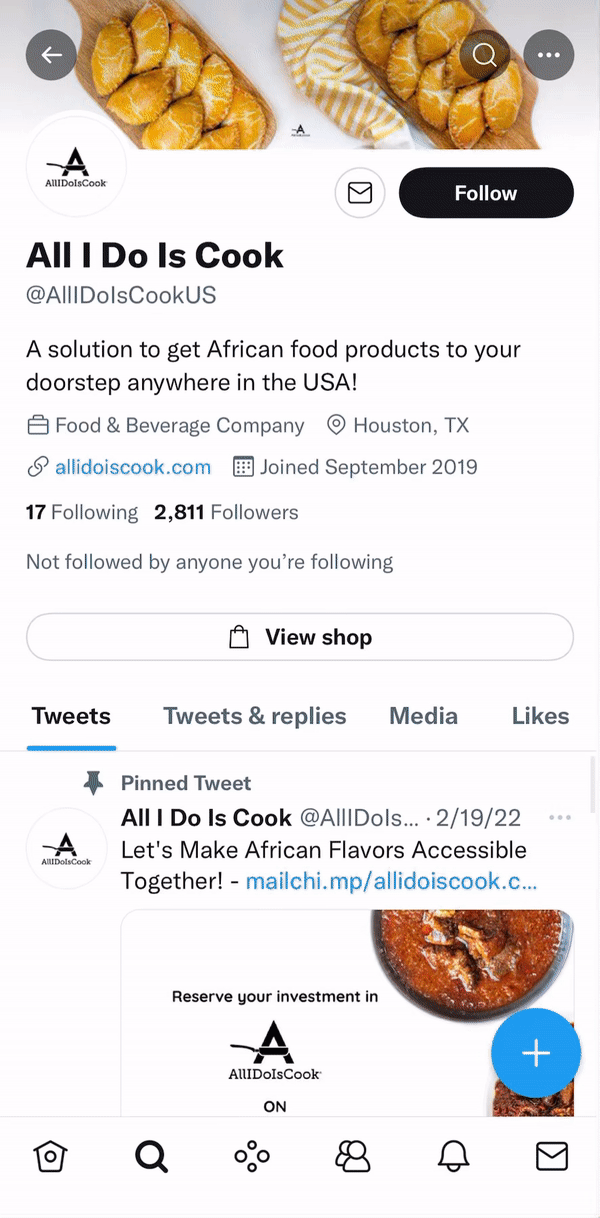Despite Google being very clear about its feelings on paying for SEO links (hint: it is not a fan), I still regularly come across stories of brands spending hundreds or even thousands of dollars on links that promise to increase their rankings.
Typically, these individuals have heard success stories from others who had recently bought a ton of SEO backlinks and saw their own site jump to the top of search results. Unfortunately, this is rarely the end of the story.
Today, I wanted to highlight a more complete example of what happens when you pay for links and why.
The Full Story of Someone Who Spent $5,000 on SEO Links
In this instance, I came across someone who had spent thousands of dollars on links for SEO purposes through Search Engine Journal’s “Ask an SEO” column. In the most recent edition of this weekly article, a person named Marlin lays out their situation.
“I paid over $5,000 for SEO link building.”
From the outset, it is unclear if Marlin knew exactly what they had gotten into. While it is possible they directly purchased links from a website, there is also the potential that Marlin and their company put their trust in a questionable marketing agency that purchased or generated spammy links to “boost” rankings.
This is important because it is very common for online SEO packages to include “link building services” which are actually accomplished through link farms that will inevitably be identified and shut down. This is why it is crucial to know that the people handling your link-building efforts use proven, Google-approved strategies rather than cutting corners.
“At first, traffic was boosted.”
As promised, the initial result of buying links is frequently a quick spike in your search engine rankings. Even better, this payoff seems to come much more quickly than the rankings boosts seen from traditional link-building efforts. In some cases, you might even get a huge boost to your rankings within a week or two of paying for the service!
However, the story isn’t over.
“We then lost our rankings on those keywords and our traffic is gone!”

Despite the initially promising results, this is the inevitable conclusion of every story about paying for links.
In the best-case scenario, Google simply ignores your newly acquired low-quality links – putting you right back where you started. In some cases, depending on how widespread the link scheme appears to be, you can wind up even worse than when you began.
If Google believes you have a persistent habit of trying to manipulate search rankings, your site may receive a penalty that significantly impairs your rankings. In the worst cases, your site can be removed from search results entirely.
Why Paid Links Inevitably Fail
There is a very simple reason this story followed a predictable pattern. Google explicitly forbids any sort of “unnatural links” or link schemes. Additionally, the search engine has invested huge amounts of time and resources to identify these artificial links.
At the same time, Google is locked into a game of whack-a-mole where new link sellers are popping up all the time – which is why their links may help your rankings for a very short time.
In SEO, shortcuts are rarely as great as they appear. If you’re looking for long-term, sustainable success, the only option is to roll up your sleeves and build links the old-fashioned way: by creating great content and building real relationships with other members of your industry.
It won’t be quick and it won’t be easy, but it will be worth it in the long run.

